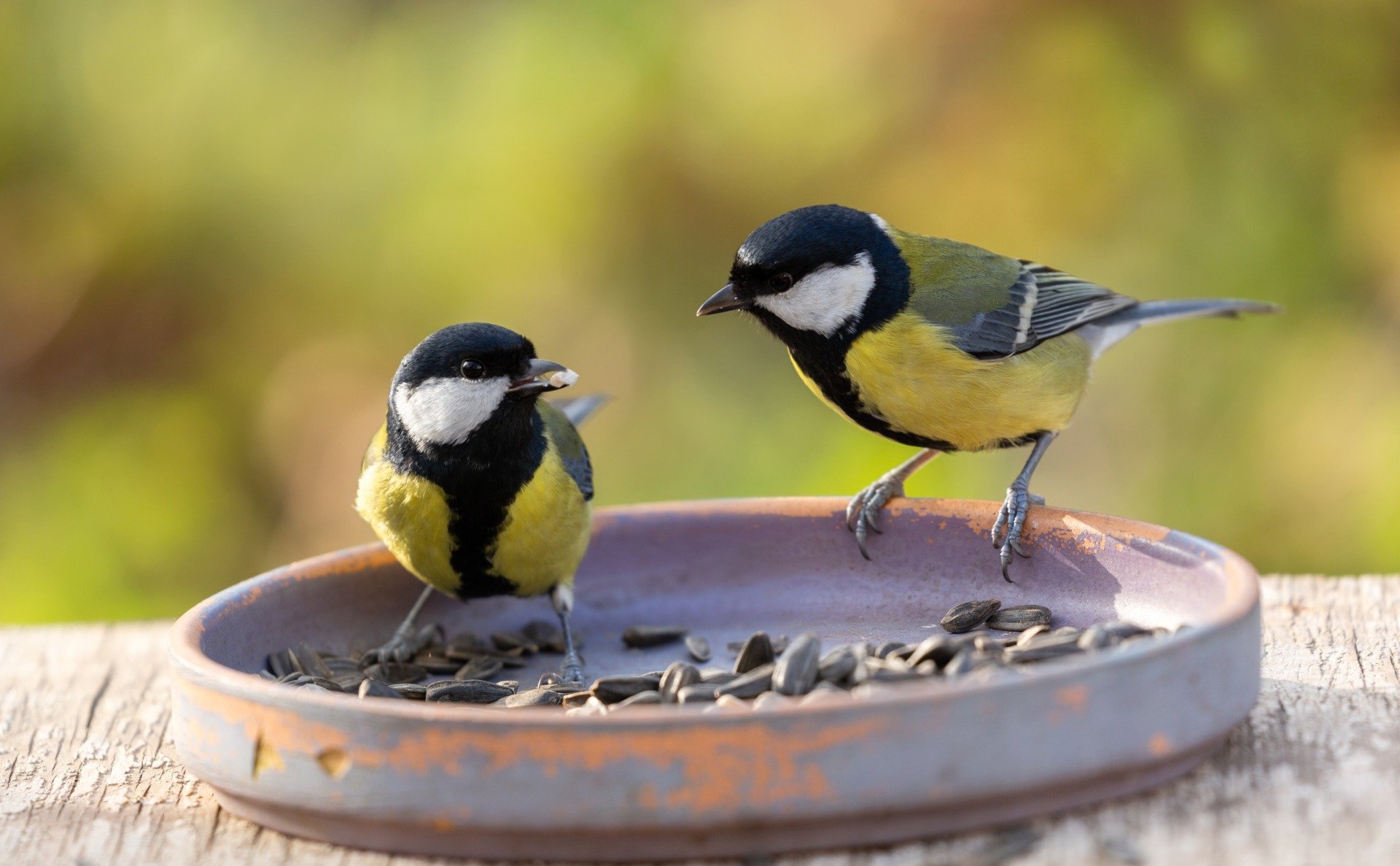A recent study has revealed that Great Tits, small yellowish songbirds common in European woodlands, exhibit complex social behaviors that challenge previous assumptions about their relationships. While these birds are known for forming monogamous pairs during breeding season, new findings suggest that not all pairs separate at the end of the season. The research, published on July 30, 2023, in the journal Proceedings of the Royal Society B, highlights the nuanced social dynamics of these birds throughout the year.
Researchers led by Adelaide Daisy Abraham, a behavioral ecologist at Oxford University, tracked individual Great Tits in woodlands near Oxford. By attaching small radio tags to the birds, the team monitored their interactions at various feeders over a three-year period. The data revealed that while some pairs began drifting apart in late summer, a significant number remained together through the winter, reuniting in spring.
Abraham noted that “divorce appears to be a socially driven process, unfolding over time.” The study found that the decision to stay together or separate was influenced by social interactions rather than merely proximity. Birds that eventually divorced showed signs of reduced association at feeders early on, a trend that intensified as winter progressed.
The researchers highlighted that the combinations of pairs were not random, contradicting earlier beliefs that relationships depended solely on geographical closeness. “Those divorcing birds, they, from the start, are already not associating as much [at the feeders] as the faithful birds,” Abraham explained in an interview with NPR.
While the research sheds light on the social structures of Great Tits, it leaves several questions unanswered. For instance, do divorced birds that find new partners experience similar mating success? Do their parenting behaviors differ? Are they influenced by better mating options or pushed apart by competition?
Such questions underscore the need for further investigation. Josh Firth, a senior author of the study and behavioral ecologist at the University of Leeds, emphasized the importance of long-term studies in understanding these dynamics. “Following these individual birds across seasons and over many years allows us to see how relationships form and break down in nature,” he stated.
This research not only deepens our understanding of avian social behavior but also invites broader contemplation on non-human intelligence. The intricate lives of these small birds remind us that there is much to learn about the natural world, challenging the notion that human-like intelligence is confined to larger animals or extraterrestrial life.
Overall, the findings reveal that the social lives of Great Tits are much more complex than previously thought, offering a fascinating glimpse into the behavioral ecology of these common yet intriguing songbirds.
